Politics
Iran vows to rebuild nuclear sites ‘stronger than before’
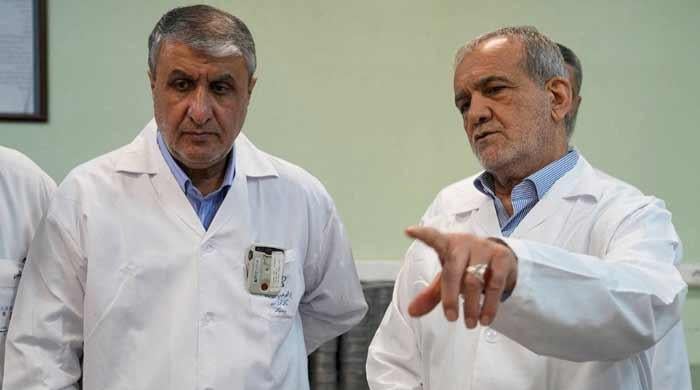
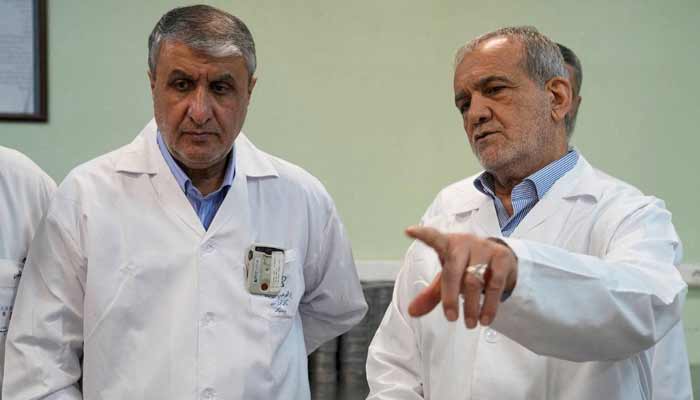
- Iran govt spox says received messages on resuming diplomacy.
- Nuclear sites, destroyed in Israeli strikes, will be rebuilt: Pezeshkian.
- Iranian scientists still had necessary nuclear know-how: president.
Iran said on Sunday that it would rebuild nuclear sites damaged by Israeli and US strikes “stronger than before”, as mediator Oman urged Tehran and Washington to revive stalled diplomacy.
US President Donald Trump has said the strikes obliterated Iran’s nuclear programme, but the full extent of the actual damage remains unknown.
Iranian President Masoud Pezeshkian, in a visit to the country’s nuclear organisation, said Tehran “will build (the destroyed sites) stronger than before”.
“By destroying buildings […] we will not be set back,” he said in a video posted to his official website, adding that Iranian scientists still had the necessary nuclear know-how.
Pezeshkian did not elaborate. In similar remarks in February before the strikes, he said Tehran would rebuild its sites if they came under attack.
Israel launched an unprecedented bombing campaign against Iran in June, kicking off a 12-day war that saw it target nuclear and military facilities — as well as residential areas — and kill many top scientists.
Iran retaliated with ballistic missile barrages aimed at Israeli cities.
Iranian Foreign Minister Abbas Araghchi said in July, after the United States announced a halt in fighting, that the damage in Iran was “serious and severe”.
Pezeshkian’s comments came as Oman, Iran’s traditional intermediary, urged the two countries on Saturday to resume talks.
“We want to return to the negotiations between Iran (and) the United States,” Omani Foreign Minister Badr Albusaidi said at the IISS Manama Dialogue conference in Bahrain.
Iranian government spokeswoman Fatemeh Mohajerani said on Sunday that Tehran “has received messages” on resuming diplomacy, without providing further details.
Oman hosted five rounds of US-Iran talks this year. Just three days before the sixth round, Israel launched its strikes against Iran’s nuclear facilities.
Iran has since faced the return of UN sanctions after Britain, Germany and France triggered the “snapback” mechanism over Tehran’s alleged non-compliance with the 2015 nuclear deal.
Politics
Australia’s Head slams unbeaten 142 to crush England’s Ashes hopes


Danger man Travis Head crunched his fourth century in as many Tests at Adelaide Oval Friday as Australia built a 356-run lead over England to stand on the brink of retaining the Ashes.
The hosts were 271-4 at stumps on day three of the third Test with Head on 142 and first-innings century-maker Alex Carey not out 52, taking the five-match series out of England’s reach.
England must win after crashing inside two days at the first Test in Perth and inside four in Brisbane, both by eight wickets.
But it appears to be an impossible task with the highest run chase at the ground 316 by Australia against England in 1902.
Head’s crucial ton, his 11th, came off a composed 146 balls although he almost didn’t get there, dropped on 99 by Harry Brook as impatience got the better of him.
He has now scored a century in four consecutive Tests on his home ground, following 140 against India last year and 119 and 175 against the West Indies.
Australia suffered an early setback in a tense 20 minutes before lunch after England were all out for 286 on the back of Ben Stokes’ gritty 83 in response to Australia’s first innings 371.
Bryson Carse trapped Jake Weatherald lbw for one and he walked without reviewing after the umpire lifted his finger, although replays showed the ball was pitching outside leg stump.
It gave England a glimmer of hope, but after the break Head slammed the door shut, cutting and chopping boundaries to all corners of the ground.
Marnus Labuschagne went for 13 when he edged Josh Tongue to Harry Brook at slip, with reviews showing it carried.
Usman Khawaja, who hit a defiant 82 in the first innings after his last-minute call-up for the ill Steve Smith, was a perfect foil for the more aggressive Head.
But on 40 he was undone by the spin of Will Jacks, caught behind, and Cameron Green followed soon after for seven, edging Tongue to Brook.
After getting through the nervous 90s, Head finally brought up his century with a four off Joe Root, taking off his helmet and kissing the turf before pumping his fists.
While not in the same vein as his match-winning 69-ball century in Perth, it was a critical knock, supported by Carey and aided by Stokes not bowling after his exploits with the bat.
Gutsy Stokes
After a woeful batting display on Thursday, Stokes and Jofra Archer kept England’s dreams alive with a stirring 106-run ninth-wicket stand.
They resumed at 213-8 in muggy conditions with Stokes not out 45 and Archer on 30.
Stokes, who suffered leg cramps and dehydration during his gutsy rearguard action in sweltering 40 Celsius heat on Thursday, brought up his slowest ever 50 in Tests, off 159 balls.
England’s Ben Stokes (L) and Jofra Archer run between the wickets on the third day of the third Ashes cricket Test match between Australia and England at the Adelaide Oval in Adelaide on December 19, 2025. — AFP
He kept plugging away but finally fell when Mitchell Starc took the new ball and bowled him, with Stokes one of the few players who showed the fight he had demanded before the game.
Archer was another, ably helping his captain.
The fast bowler was the last man out when caught by Labuschagne off Scott Boland for 51 — his highest Test score and a maiden half-century Boland ended with 3-45 while Pat Cummins took 3-69 in his first Test since July.
England’s woes began when openers Zak Crawley and Ben Duckett, along with the under-performing Ollie Pope, departed in a 15-ball blitz on Thursday at the hands of Cummins and Nathan Lyon.
Harry Brook showed some resistance with 45, but the Australian attack was relentless.
Politics
Five things to keep an eye on in 2026
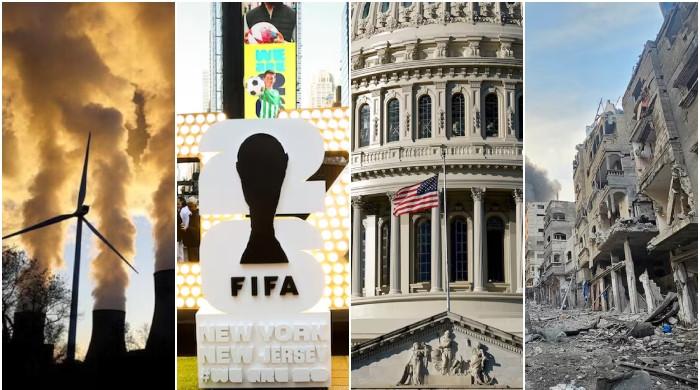

PARIS: Next year promises trips around the Moon, footballing spectacles and a battle for control of the US Congress.
Here are five big events to watch out for in 2026.
Climate: Will the world act?
The world is already experiencing record heat — and things are likely to get hotter in 2026.
Last year was the warmest on record, but the UN says there is an 80% chance that at least one year will be even hotter by 2029.
How will nations react? COP30 in Brazil recently showed that multilateralism in climate action is not dead, despite the US boycott and geopolitical conflicts.
“2026 must be the year in which international climate diplomacy reinvents itself,” said Rebecca Thissen, from Climate Action Network.
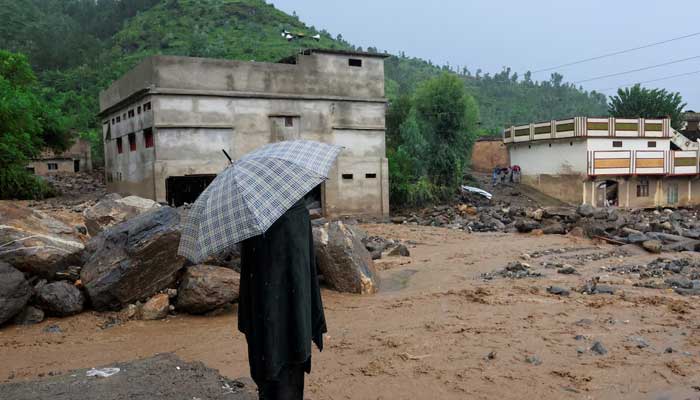
“COPs are not an end in themselves but a high point in an international political agenda that desperately needs to get on the same page,” she added.
A close eye will be kept on how many countries respond to Colombia´s invitation to the first international conference on phasing out fossil fuels in April.
Aleksandar Rankovic, director of The Common Initiative think tank, was disappointed by COP30’s outcome and wondered if the “Gen Z-led rebellions that have emerged worldwide will start fighting for climate as well” in 2026.
Biggest football World Cup
The biggest World Cup in history will see 48 countries competing in the United States, Canada and Mexico, under the gaze of President Donald Trump.
The most-watched sports event in the world will unfold over nearly six weeks, from June 11 to July 19, with the US providing 11 of the 16 venues.
US President Donald Trump’s tensions with the co-hosts over tariffs and immigration could make for a politically charged competition.
On the pitch, a richly talented French squad led by Kylian Mbappe will be determined to make up for their defeat to Lionel Messi’s Argentina in the 2022 final in Qatar, but Spain also have high hopes.

Cristiano Ronaldo, who will be 41 when the tournament kicks off, has said his sixth World Cup will be his last, and he would dearly like to crown his career with a first global title for Portugal.
Cape Verde, Uzbekistan and the tiny island nation of Curacao are among the countries appearing for the first time.
Fans could face eye-watering costs for the most popular games due to Fifa’s use of dynamic ticket pricing.
Gaza, Israel, Netanyahu’s future
US pressure led to a ceasefire between Israel and Hamas that came into force on October 10, after two years of war.
The truce is proving highly fragile, and Trump’s peace plan for the Gaza Strip leaves many points unresolved, such as future stages of the Israeli army’s withdrawal, reconstruction of the Palestinian territory and its future governance.
By formally endorsing Trump´s plan, the UN Security Council laid the groundwork for the deployment of an international force in Gaza that, fundamentally, neither Israel nor Hamas wants.
The Palestinian group refuses to disarm under the conditions set by Israeli Prime Minister Benjamin Netanyahu, who is threatening to resume fighting if the Gaza Strip cannot be demilitarised through diplomacy.

Now 76, Netanyahu intends to run again in the elections due to be held no later than November 2026.
His multi-party coalition, which now holds just 60 of 120 seats in parliament, remains fragile.
A broad majority of Israelis want to see Netanyahu held accountable for the failures that led to the October 7, 2023 attack that sparked the war in Gaza.
A relative majority also oppose him receiving the presidential pardon he requested at the end of November in a bid to rid himself of his long-running corruption trials.
Netanyahu might therefore be tempted to pursue the military option against Hamas in Gaza or Hezbollah in Lebanon to keep his far-right allies on board, and secure the total victory he has promised Israelis.
Control of US Congress
As voters brace for the 2026 US midterm elections, the stakes could hardly be higher — for Trump, Congress and the nation.
Trump isn’t on the ballot, but a strong Republican showing would validate his authority beyond the White House.
But if his favoured candidates fail to perform, it could expose cracks in his movement and complicate any succession plan.
Republican control of Congress, meanwhile, is hanging by a thread.
Razor-thin majorities in the House of Representatives and Senate hinge on defending constituencies with vulnerable incumbents in battlegrounds like Michigan, North Carolina and Ohio.
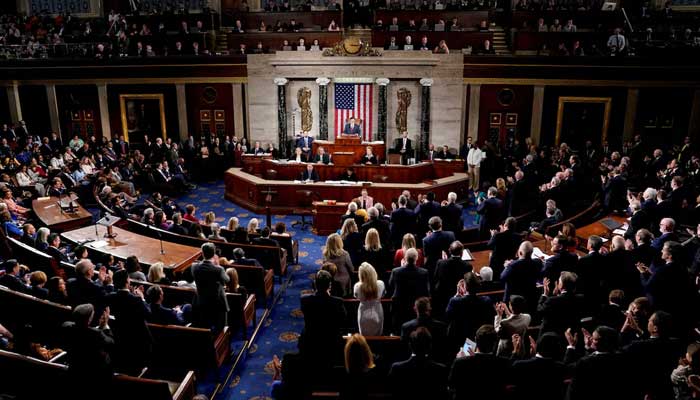
With no checkbox marked “Trump” on the ballot, the president is having to pull out all the stops to make sure his supporters turn out en masse.
Democrats see and opportunity, especially as the party of the incumbent typically loses seats in midterms.
Forecasts suggest Republicans could struggle to hold the House, and Democrats are also targeting four Senate seats needed to take control.
While full Republican control would let Trump cement his legacy, Democratic control in either chamber would slow his agenda and likely entangle his administration in investigations.
Astronauts around the Moon
Politicians and enthusiasts dream of the day when people will walk on the Moon again.
Although it’s unlikely to happen next year, Nasa is planning a crewed mission to fly around the Earth’s satellite — the much-delayed Artemis II is scheduled for lift-off by April at the latest.
It would be a huge step towards Americans once again setting foot on the lunar surface, a goal announced by Trump in his first term.

China aims to land on the Moon by 2030 and is also making progress.
Its Chang’e 7 mission is expected to be launched in 2026 for an exploration of the Moon’s south pole, and testing of its crewed spacecraft Mengzhou is also set to go ahead next year.
India, which landed a robot on the Moon in 2023, is another country with emerging space exploration ambitions, planning to send an astronaut into orbit in 2027.
Politics
UNGA adopts Pakistan’s resolution reaffirming right to self-determination
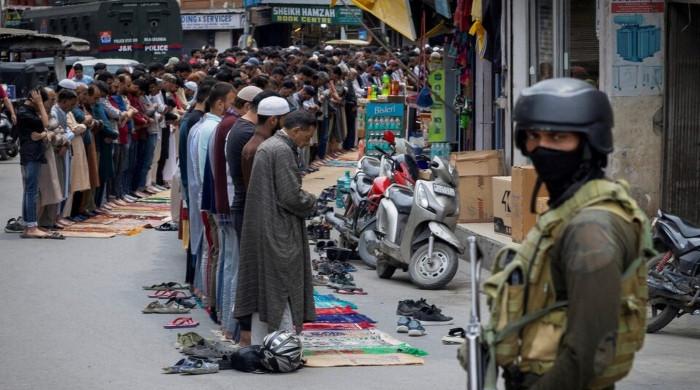
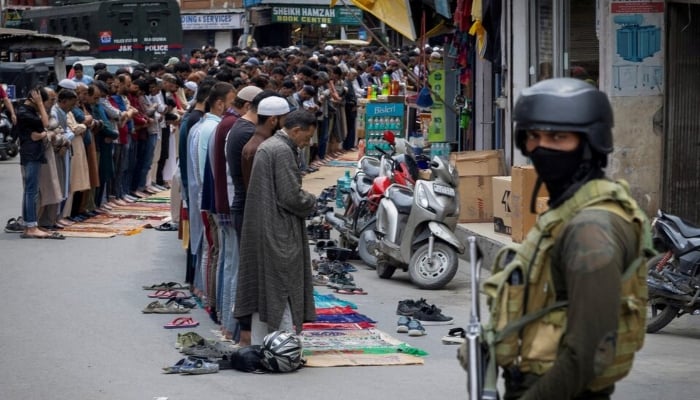
- UNGA adopts resolution co-sponsored by 65 countries by consensus.
- Resolution text deals with social, humanitarian, and cultural issues.
- UNGA deplores plight of people displaced from occupied territories.
The UN General Assembly stamped its approval on a Pakistan-backed resolution that reaffirms the right to self-determination for people being subjected to colonial, foreign, and alien occupation.
The text, which was adopted by consensus, was recommended last month by the 193-member Assembly’s Third Committee, which deals with social, humanitarian, and cultural issues.
Pakistan has been tabling this resolution since 1981 in an effort to focus the world’s attention on the people in occupied territories, struggling for their inalienable right to self-determination, including those in Indian Illegally Occupied Jammu and Kashmir (IIOJK) and Palestine.
By reaffirming the right to self-determination, the UNGA has once again emphasised its applicability in situations where people remain deprived of this right and uphold the principles enshrined in the Charter of the United Nations and relevant UN resolutions.
The resolution serves as an important expression of international solidarity with people under occupation and those who are striving to exercise their legitimate right to self-determination, diplomats said.
For the people of IIOJK, it reinforces international attention to their just cause and their aspirations for freedom and dignity, it was pointed out.
Co-sponsored by 65 nations representing all regions, the text calls on certain countries to immediately cease their illegal foreign military intervention in and occupation of other countries and territories, as well as acts of repression, discrimination, and maltreatment.
Under its terms, the resolution also declared the UNGA’s firm opposition to acts of foreign military intervention, aggression, and occupation, since these have resulted in the suppression of the right of peoples to self-determination and other human rights in certain parts of the world.
The UNGA also deplored the plight of millions of refugees and displaced persons who have been uprooted as a result of these acts and reaffirms their right to return to their homes voluntarily in safety and honour.
It urges the Human Rights Council to give special attention to the violation of human rights, especially the right to self-determination, resulting from foreign military intervention, aggression, or occupation.
-

 Business6 days ago
Business6 days agoHitting The ‘High Notes’ In Ties: Nepal Set To Lift Ban On Indian Bills Above ₹100
-

 Politics1 week ago
Politics1 week agoTrump launches gold card programme for expedited visas with a $1m price tag
-

 Business1 week ago
Business1 week agoRivian turns to AI, autonomy to woo investors as EV sales stall
-

 Fashion1 week ago
Fashion1 week agoTommy Hilfiger appoints Sergio Pérez as global menswear ambassador
-

 Sports1 week ago
Sports1 week agoPolice detain Michigan head football coach Sherrone Moore after firing, salacious details emerge: report
-

 Business1 week ago
Business1 week agoCoca-Cola taps COO Henrique Braun to replace James Quincey as CEO in 2026
-

 Tech1 week ago
Tech1 week agoGoogle DeepMind partners with UK government to deliver AI | Computer Weekly
-

 Sports1 week ago
Sports1 week agoU.S. House passes bill to combat stadium drones






